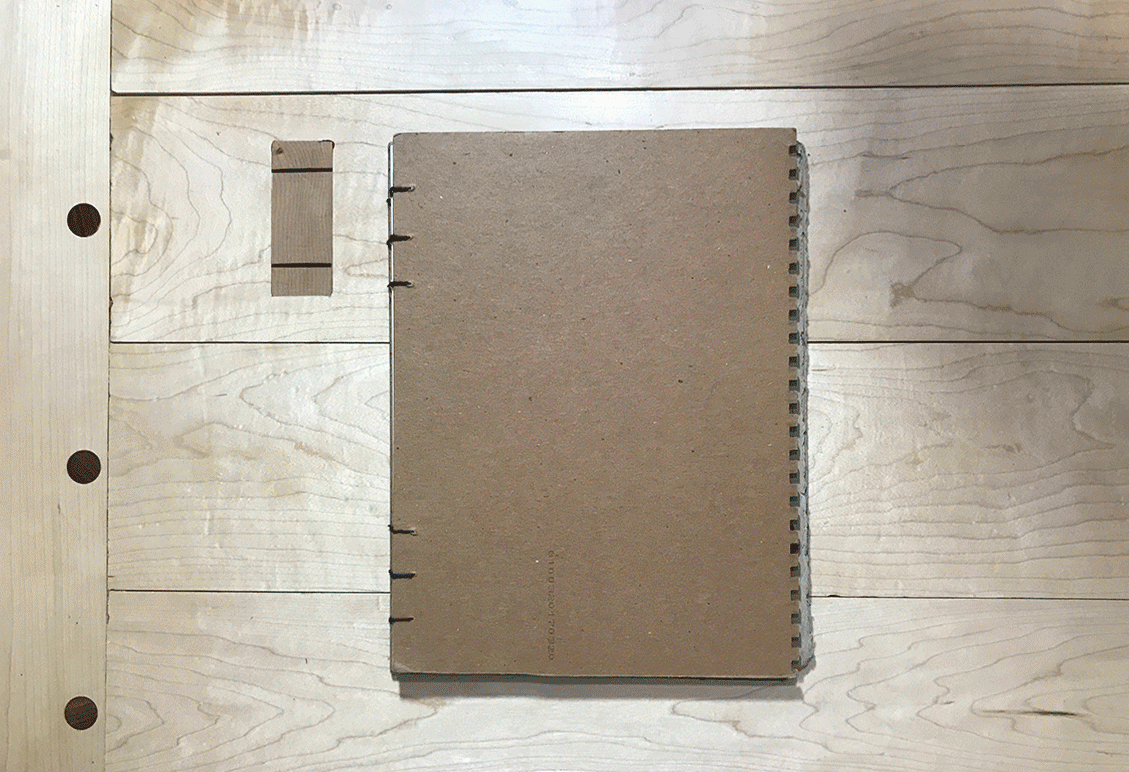I have spent a great deal of time online since the pandemic began. I work remotely on my computer, practice yoga on Zoom, and jump between articles, videos, and social media on my phone. My day-to-day experiences with other human beings ends up being 95% virtual.
It’s a mystery how I would get through the pandemic without these virtual experiences. Nevertheless, by the end of the day, I feel more like a zombie than a human. Sitting at my computer, no matter what it is that I have been doing, doesn’t feel as fulfilling or grounding as interacting with people and places in person. I miss tactile, real experiences.
So, I started bookbinding again. Back in 2017, I participated in a class with Suzanne Manns that touched in bookbinding. Since then, I have enjoyed the act of crafting and building my own sketchbooks. It brings me closer to my materials and creates a stronger bond between me and my work. Plus, by designing and constructing my own sketchbooks, I have the opportunity to choose the type and size of paper I want to use.
11 3/4 x 8 3/4 inches
4 signatures
2018
In the book above, I made a 4 signature coptic bound book. It is made up of drawing paper and some very fancy “kraft” paper. I used the back cover of one of my drawing pads for the cover and didn’t pay much mind to it. I rather liked the rough look. While sketching and painting in this sketchbook, I discovered how much I loved the color of kraft paper as well gouache.
My next sketchbook I made was an eight signature coptic stitch book made up of drawing paper, “kraft” paper, and watercolor paper. Again, I did not “cover” the cover; however, I did decorate the board with colored pencil.
5 x 8 1/4 inches
8 signatures
2018
This time, I spent more time experimenting with colored pencils which seemed to vibrate on top of the kraft paper.
In the next sketchbook, I experimented with kozo paper, a very strong yet lightweight paper. I had been playing with ink and kozo in the studio and wanted to begin sketching with them on a more frequent basis.
6 x 6 inches
2 signatures
2019
The book is made up of only two signatures. Half of the book is white/kozo and the other half is black. As expected, the kozo was fairly transparent and not ideal for “sketchbook” use. However, I still enjoyed playing with the kozo in the small format. In the kozo signature, I included a few long, landscape pages. I had fun playing with those. Overall, I thought the sketchbook was quite beautiful in its simplicity. Plus there may be an opportunity to explore an artist book that plays on the transparency between pages.
With my most recent project, I was more ambitious and mindful. I made a canvas cover with an image transfer on both sides. Unlike previous sketchbooks, I was more interested in the craft and skill of putting it together cohesively.
10 1/4 x 8 1/2 inches
5 signatures
2020
While I did not include kozo this time around, I did include “kraft” paper and a new addition of “fawn” paper to taper between the the white and “kraft” paper.
In the process of making this sketchbook, I was much more mindful of my binding. In my previous sketchbooks, I was often too loose or forgot a step when stitching the back cover. Overall, I am very happy with my latest sketchbook, and I cannot wait to fill it up with all sorts of sketches.
You can view all of my sketchbooks here. If you are interested in learning how to stitch your own coptic bound sketchbook, I suggest either of these Youtube Channels: DAS Bookbinding or Sea Lemon.








